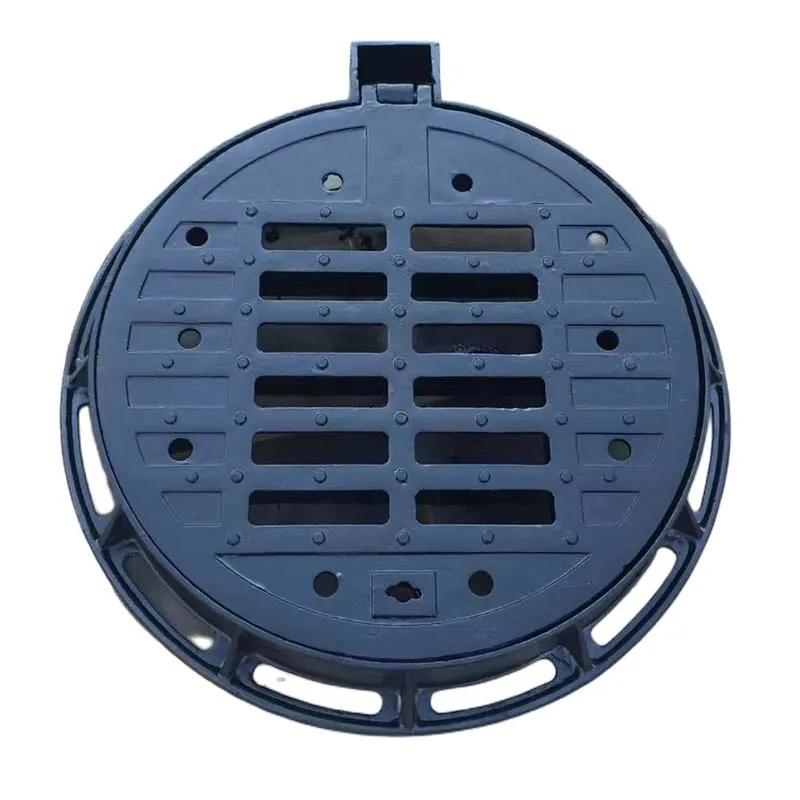Understanding the Importance of Bollard Posts in Urban Design and Safety
The Role and Importance of Bollard Posts in Urban Design
Bollard posts, though often overlooked, play a crucial role in urban infrastructure and design. These short, sturdy posts are commonly seen lining sidewalks, streets, parking areas, and public spaces. While they may appear simple and utilitarian, their function extends beyond mere aesthetics; they contribute significantly to the safety, organization, and functionality of urban environments.
Historical Context
The use of bollards dates back to the days of maritime navigation, where they were employed to secure ships to docks and piers. Over time, their application has evolved, and they have found their place in land-based settings. The transition from marine to urban environments highlights the versatility and practicality of bollard posts. In contemporary city planning, they serve as physical barriers that define spaces, guide foot traffic, and protect pedestrians from vehicle intrusion.
Safety and Protection
One of the primary functions of bollard posts is enhancing safety in urban areas
. They act as protective barriers that prevent vehicles from encroaching into pedestrian zones, thereby reducing the risk of accidents. In busy city centers, where foot traffic is high, the presence of bollards can create a safe environment for pedestrians, ensuring that they have spaces to walk that are shielded from vehicular traffic.Furthermore, bollards are increasingly recognized for their role in counter-terrorism strategies. In recent years, many urban planners have implemented reinforced bollards to deter potential vehicular attacks. These heavy-duty installations can absorb the impact of high-speed vehicles, thereby protecting crowds during public events or gathering areas. This dual function of safety and security demonstrates the critical role that bollards play in modern urban design.
Space Management
bollard post

Bollard posts also serve an essential purpose in organizing space. They delineate areas for parking, loading docks, and pedestrian pathways. By providing clear boundaries, they help to ensure that different modes of transport coexist without conflict. For instance, in parking lots, bollards can prevent vehicles from straying into pedestrian paths, while in parks or plazas, they can outline seating areas or restrict access to sensitive landscaping.
Moreover, bollards can enhance the aesthetic appeal of an area. Available in various materials, colors, and designs, they can complement the surrounding architecture and landscape. Decorative bollards can serve as public art pieces, contributing to the cultural identity of a neighborhood. Cities are increasingly recognizing that functional elements like bollards can be designed creatively to enrich the urban environment.
Accessibility and Inclusivity
In addition to safety and organization, bollard posts play a role in promoting accessibility. Properly positioned bollards can guide visually impaired pedestrians along safe paths. However, it is vital for urban planners to consider their placement carefully, ensuring that they do not obstruct movement for those with mobility challenges. This balance between functionality and inclusivity is essential in modern urban design.
Environmental Considerations
As cities strive to become more sustainable, the selection of materials for bollard posts has gained attention. Public officials are now considering eco-friendly options like recycled plastics or sustainably sourced wood. Furthermore, bollards can be designed to incorporate greenery, such as planters, which not only beautify the space but also contribute to urban biodiversity and improve air quality.
Conclusion
Bollard posts may seem like an insignificant aspect of urban infrastructure, but their contributions are far-reaching. They enhance safety, manage space, support aesthetics, promote accessibility, and align with environmental sustainability goals. As urban areas continue to grow and evolve, the importance of thoughtful bollard design and placement will only increase. In recognizing the multifaceted roles that bollard posts play in our cities, urban planners and designers can create safer, more organized, and visually appealing public spaces that cater to the diverse needs of their communities. Ultimately, the humble bollard is a vital element in the tapestry of urban life, deserving of careful consideration and intentional design.
-
The Smarter Choice for Pedestrian AreasNewsJun.30,2025
-
The Gold Standard in Round Drain CoversNewsJun.30,2025
-
The Gold Standard in Manhole Cover SystemsNewsJun.30,2025
-
Superior Drainage Solutions with Premium Gully GratesNewsJun.30,2025
-
Superior Drainage Solutions for Global InfrastructureNewsJun.30,2025
-
Square Manhole Solutions for Modern InfrastructureNewsJun.30,2025
-
Premium Manhole Covers for Modern InfrastructureNewsJun.30,2025
